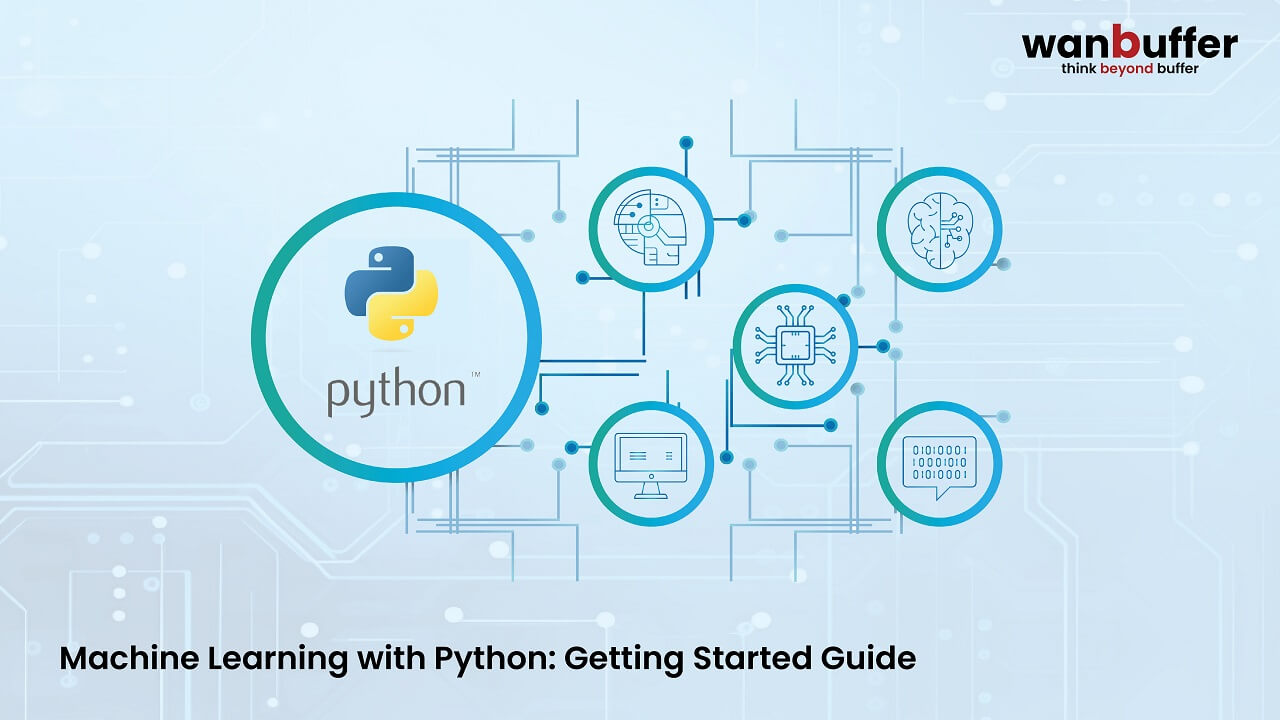
Machine learning, a transformative field within the realm of artificial intelligence, has gained widespread adoption for its ability to unearth patterns, make predictions, and automate decision-making. Python, with its simplicity and extensive libraries, has emerged as the language of choice for machine learning practitioners. In this beginner-friendly guide, we’ll embark on a journey into the world of machine learning with Python, laying the groundwork for your exploration into this exciting field.
Machine learning is at the forefront of technological innovation, revolutionizing industries and driving advancements in artificial intelligence. Python, known for its readability and vast ecosystem, provides an accessible entry point for both beginners and experienced developers diving into machine learning.
Before delving into the practicalities of machine learning, it’s crucial to grasp the fundamental concepts. In supervised learning, algorithms learn from labeled data, making predictions or decisions without explicit programming. On the other hand, unsupervised learning involves algorithms drawing inferences from unlabeled data, identifying patterns and relationships.
Python’s strength in the machine learning domain lies in its rich ecosystem of libraries. Key libraries include scikit-learn, a comprehensive library for classical machine learning algorithms, TensorFlow, an open-source machine learning framework for building and training deep learning models, and PyTorch, a deep learning library that facilitates dynamic computational graphs.
Now that you’re familiar with the basics and key libraries, it’s time to build your first machine learning model. The typical workflow involves data preparation, cleaning, and preprocessing the dataset for training, model selection by choosing the appropriate algorithm, training the model using the dataset to make predictions, and evaluating the model’s performance on new, unseen data.
Data science and machine learning often go hand in hand. Python is a versatile language for data science tasks. Explore data exploration using tools like pandas for data manipulation and analysis, visualization by creating insightful visualizations with libraries like Matplotlib and Seaborn, and statistical analysis employing statistical methods to extract meaningful insights.
Navigating the vast array of resources available for learning machine learning with Python can be overwhelming. Recommended resources include online courses on platforms like Coursera, edX, and Udacity, books like “Hands-On Machine Learning with Scikit-Learn, Keras, and TensorFlow” by Aurélien Géron, and community forums such as Stack Overflow, Reddit (r/MachineLearning), and Kaggle.
Embarking on the journey of machine learning with Python opens doors to endless possibilities. Whether you aim to solve real-world problems, delve into the intricacies of artificial intelligence, or contribute to cutting-edge research, this guide lays a solid foundation for your exploration.
As you continue your machine learning journey, keep in mind that experimentation and hands-on practice are key. Leverage the wealth of resources available, participate in community discussions, and stay curious. The intersection of Python and machine learning offers a vast playground for innovation, and there’s no better time to start exploring it than now.
Stay tuned for more insights into the world of technology and development at WanBuffer.
Wan buffer services thrilled to be part of Odoo Community Days India 2024! Mark your calendars for August 23-24 to engage with industry leaders and discover the latest in Odoo technology and solutions. See you there!